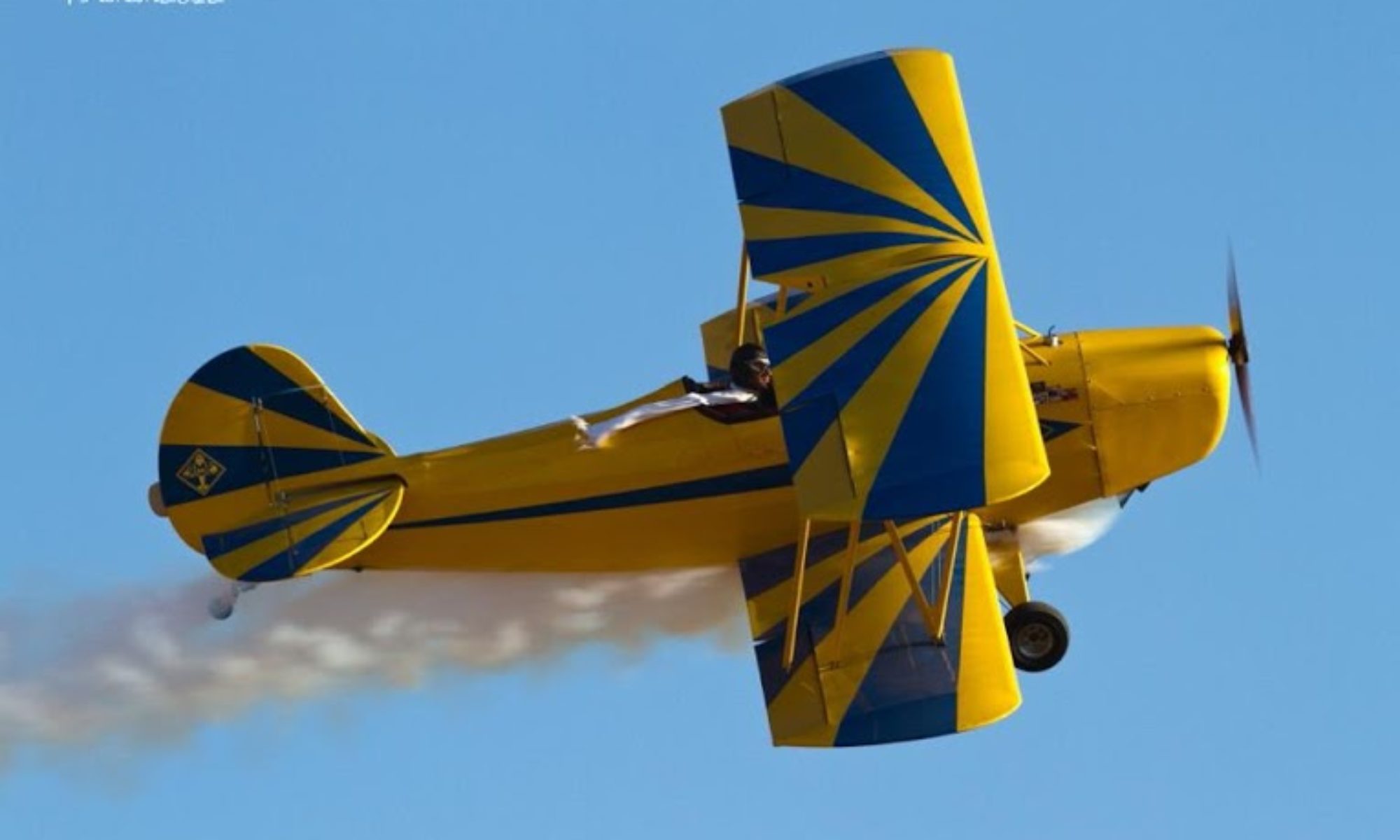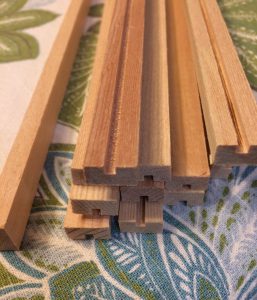Last night I tested out the upgraded steam box door with an hour of steam. While that was going on I grabbed a chunk of scrap 2×4 and cut a second bending form. I wasn’t happy with only being about to bend three lengths per run of the steam box. I really need a better blade for that band saw… this one is cheap, and while it will claw its way through a 2×4 it’s not something I would want to do regularly.
But — I have two bending forms, which means I can now do six lengths of capstrip at a time, so I won’t run out as often. The steamer seems to work pretty well. It’s not quite as perfect as if I had attacked it with a planer, jointer and an attitude of complete professionalism… but I don’t have a jointer or planer, and even if I did what that steam would do to cheap flat sawn boards would be a real downer. It works.
On the last several ribs I’ve been taking a different approach to gluing. Early on I found that trying to glue up two ribs in one night meant working with epoxy that was starting to get a little stiffer than I would have liked. I was using a popsicle stick to carefully spread glue in the groove, then on the braces, and assembling. I was also having to fit each brace piece as I went along. Each rib seemed to want about 10cc of glue, but I was getting a fair amount of it running down onto the plastic on the jig.
Now I pre-fit all the braces and mark them with their location. I mix up the glue, dip the ends in the glue and put them in place. I can work a lot faster and make less mess. I’ve been seeing more left-over glue than I would like, as much as half what I mixed up. I think about 7.5cc of glue per rib is more than enough. I mixed 15cc for one pair of ribs and only had a little left over. I’ve also been more careful about the glue mixing. I had the ratios close enough to work well, since T-88 is not too critical. Still, the darker B component was getting used faster than the A, and that tells me I’m not getting it completely right. The stuff is pretty viscous, B much more so than A, and it takes a while to level out in the mixing cup. Now I’ve been squeezing the B part into the mixing cup and walking away for a few minutes while it levels out. Then I add the A component, walk away again, check back in a couple of minutes. I can get it dead on 50/50 that way. I may see about building a 100:83 balance scale to get it even closer.

